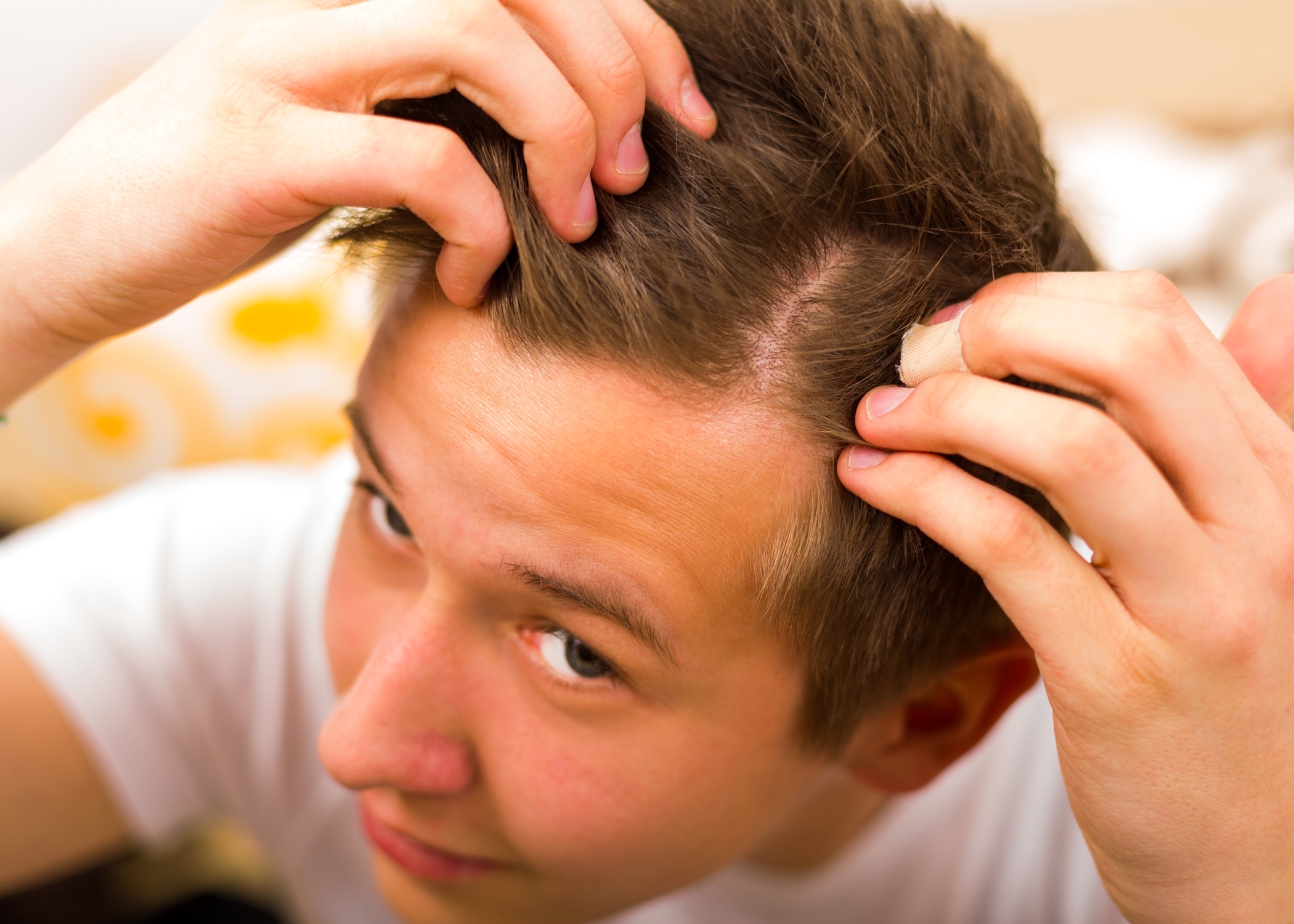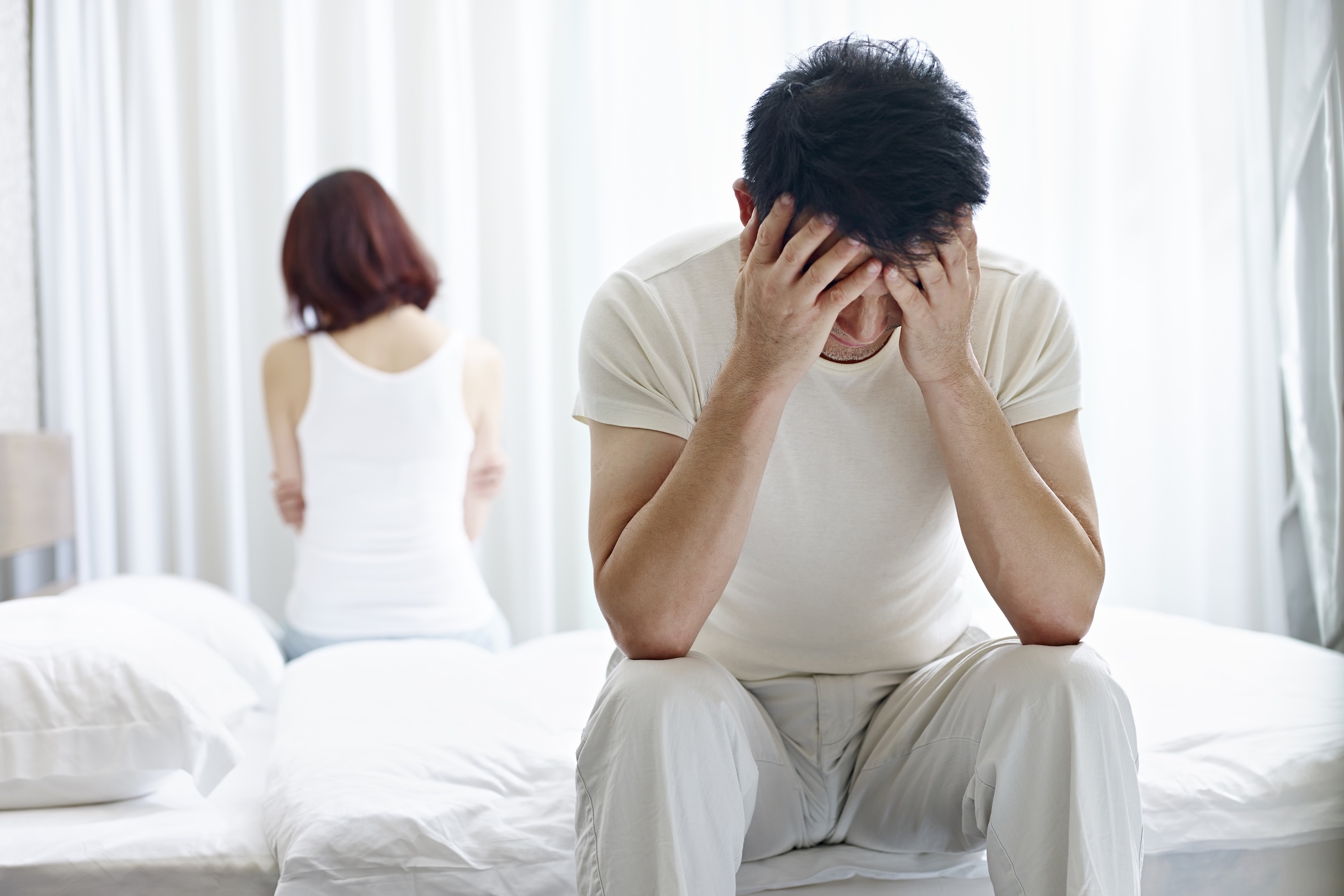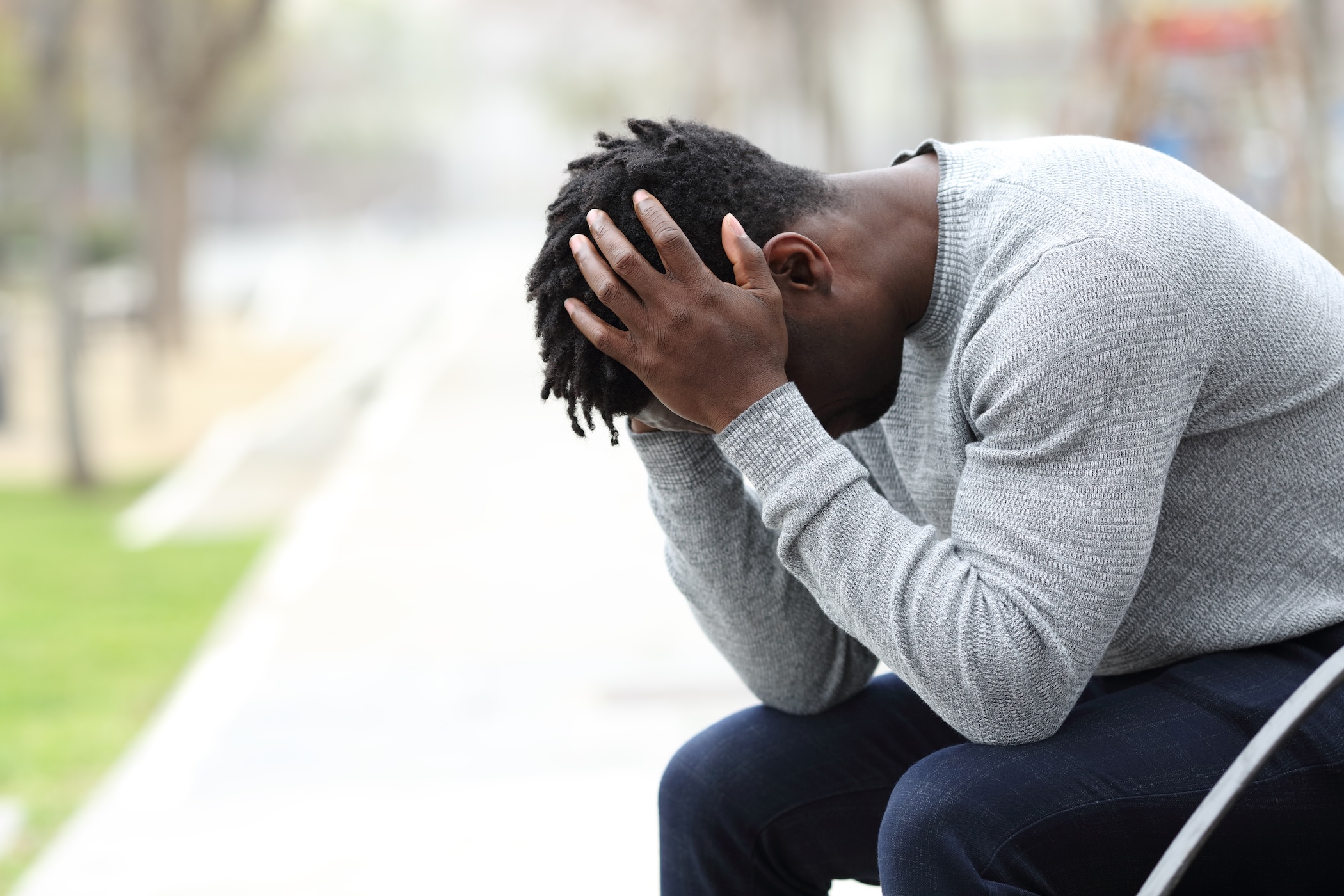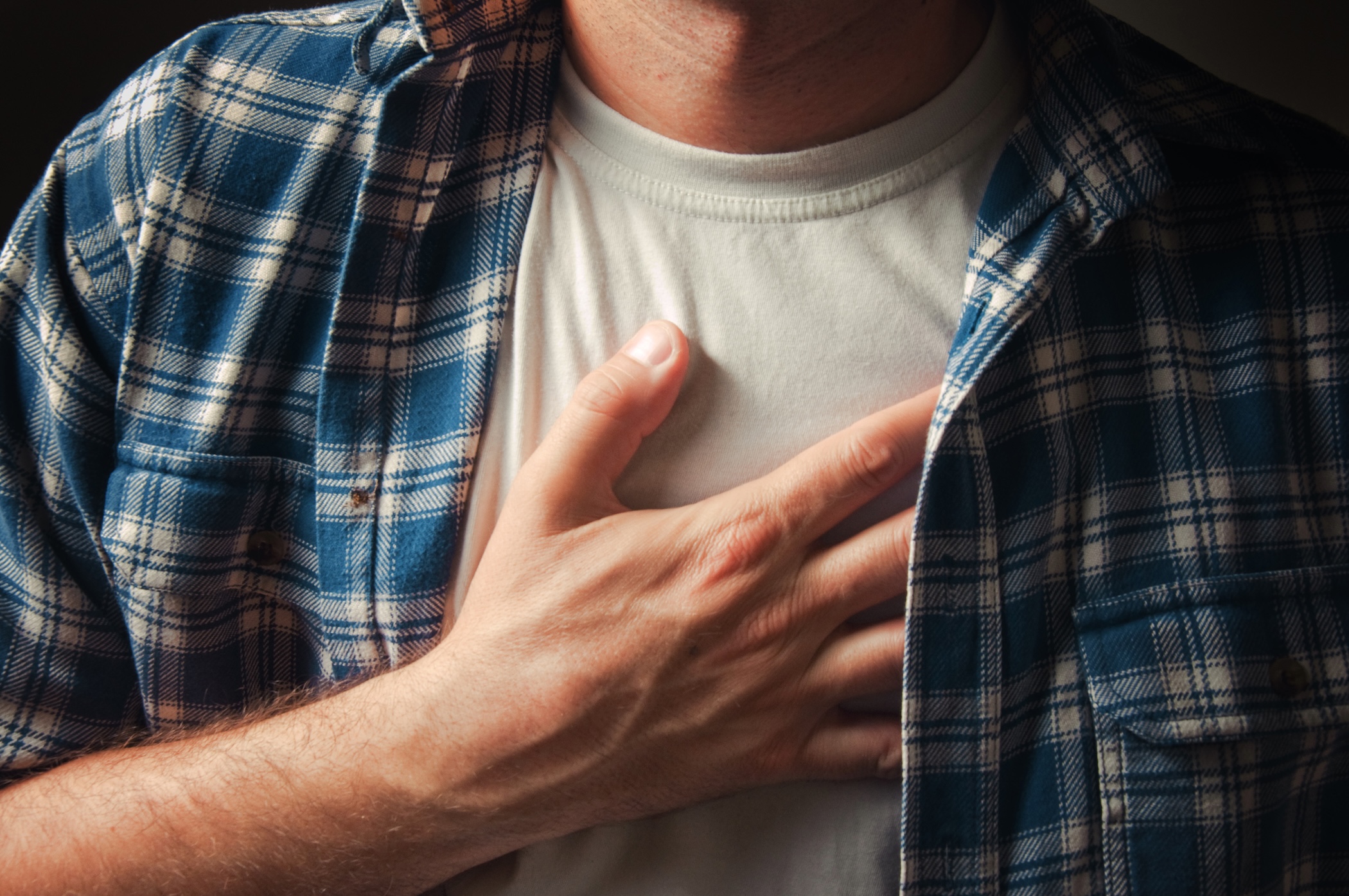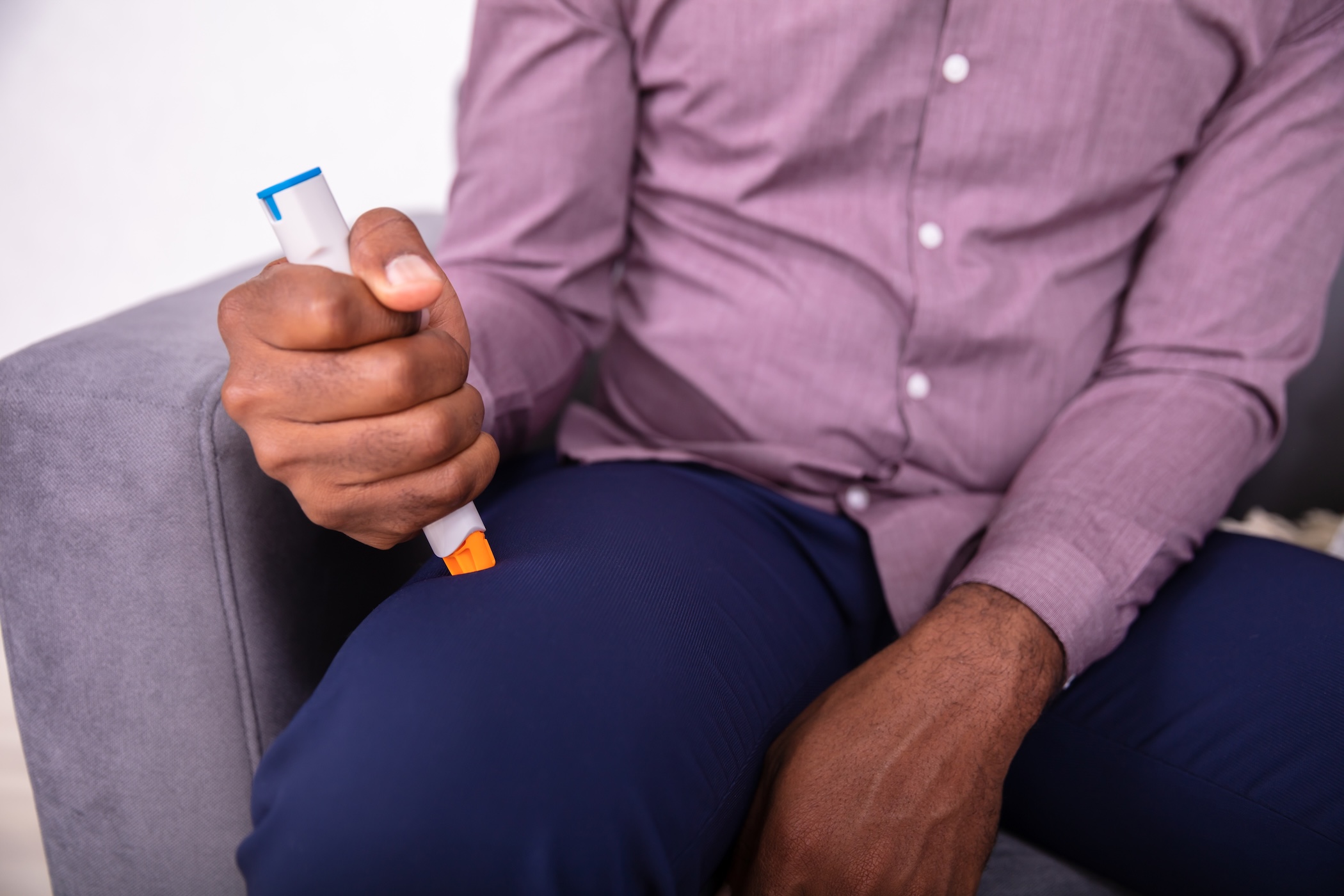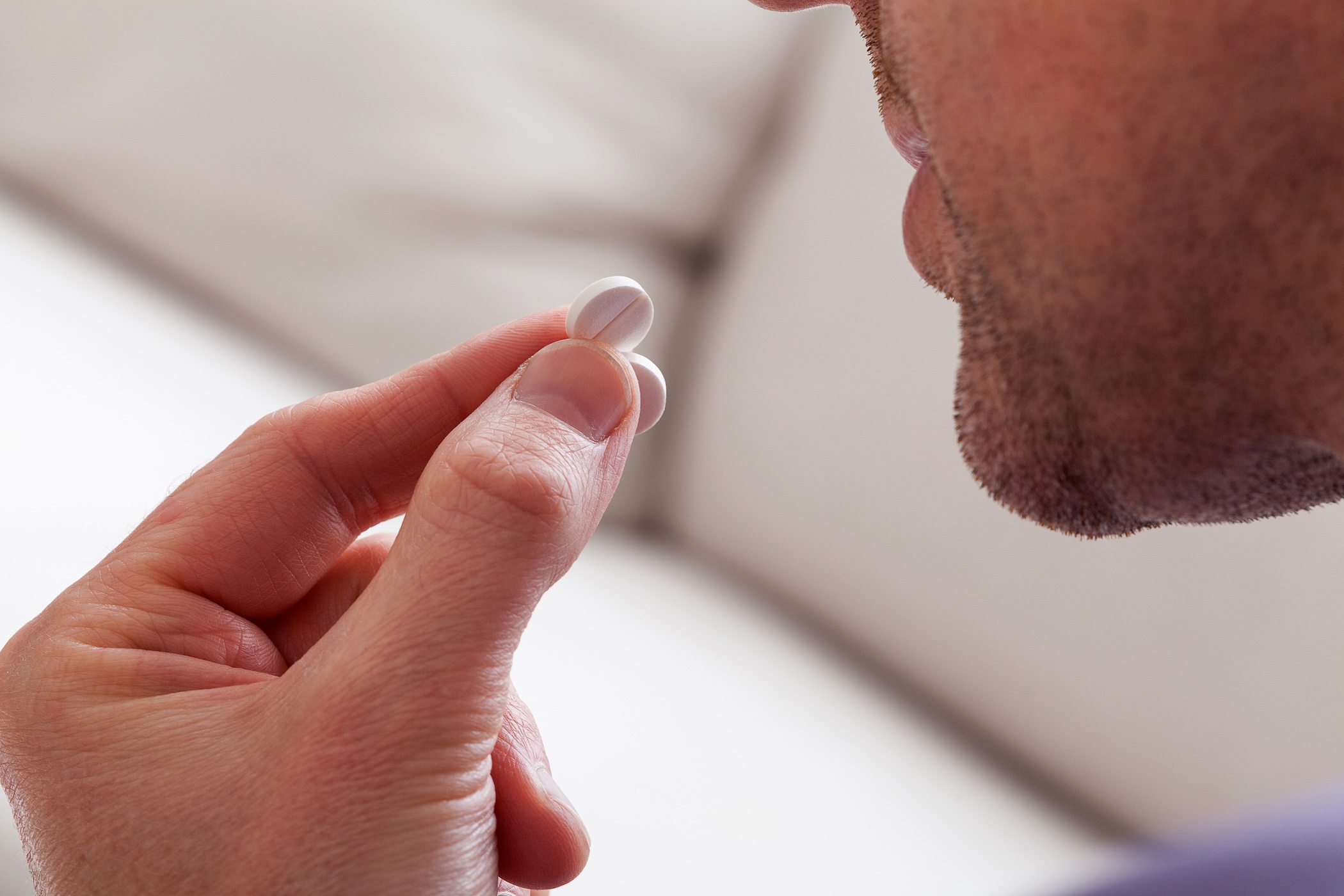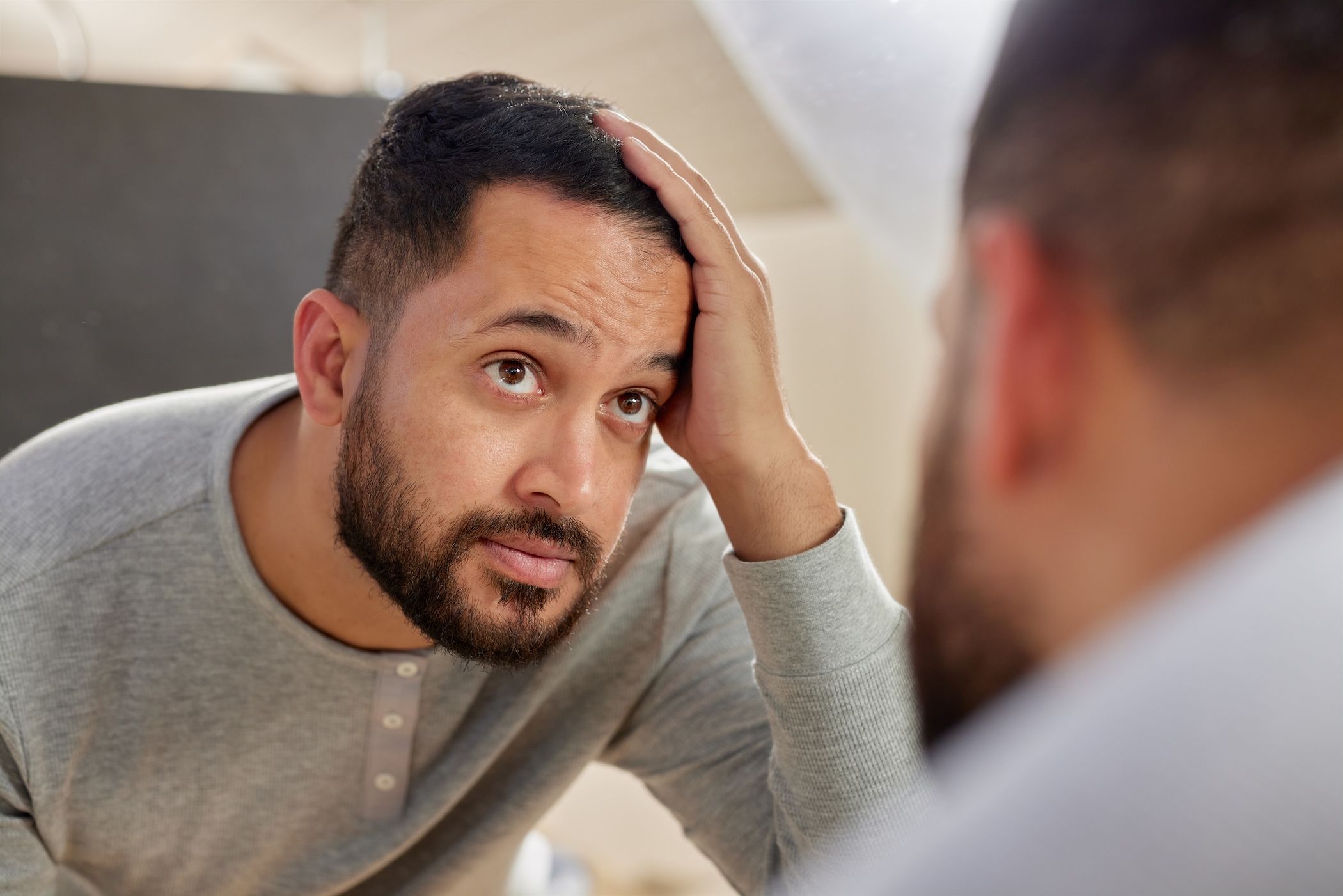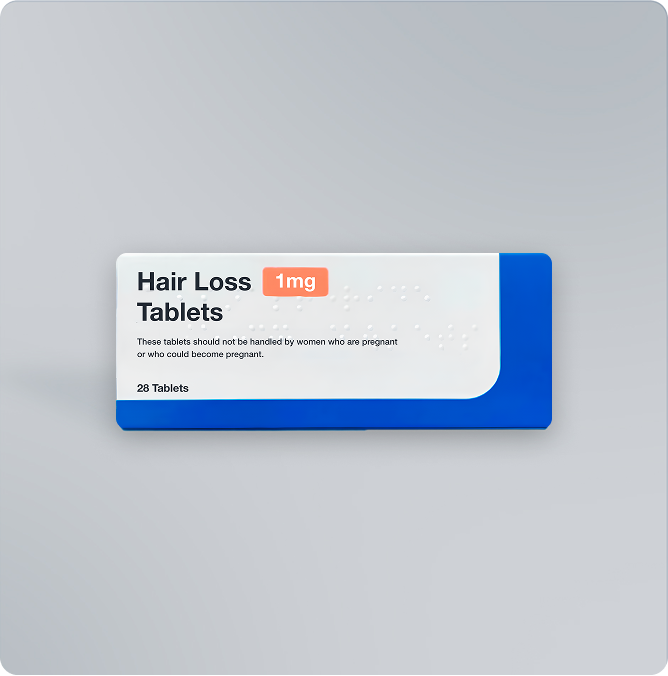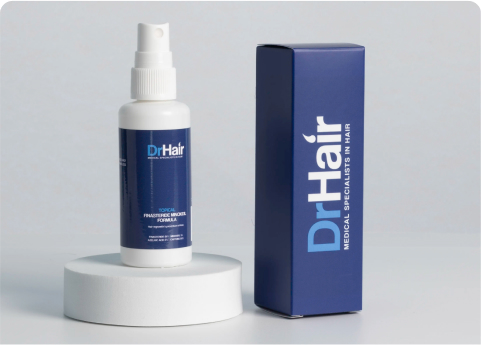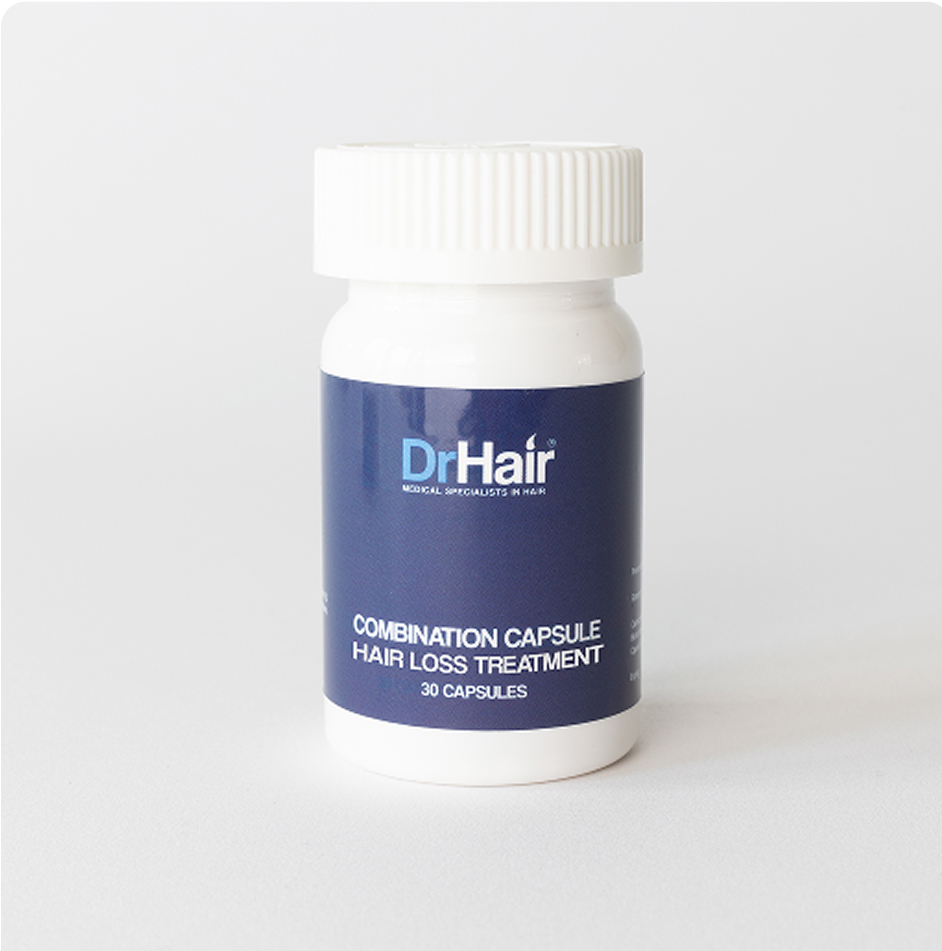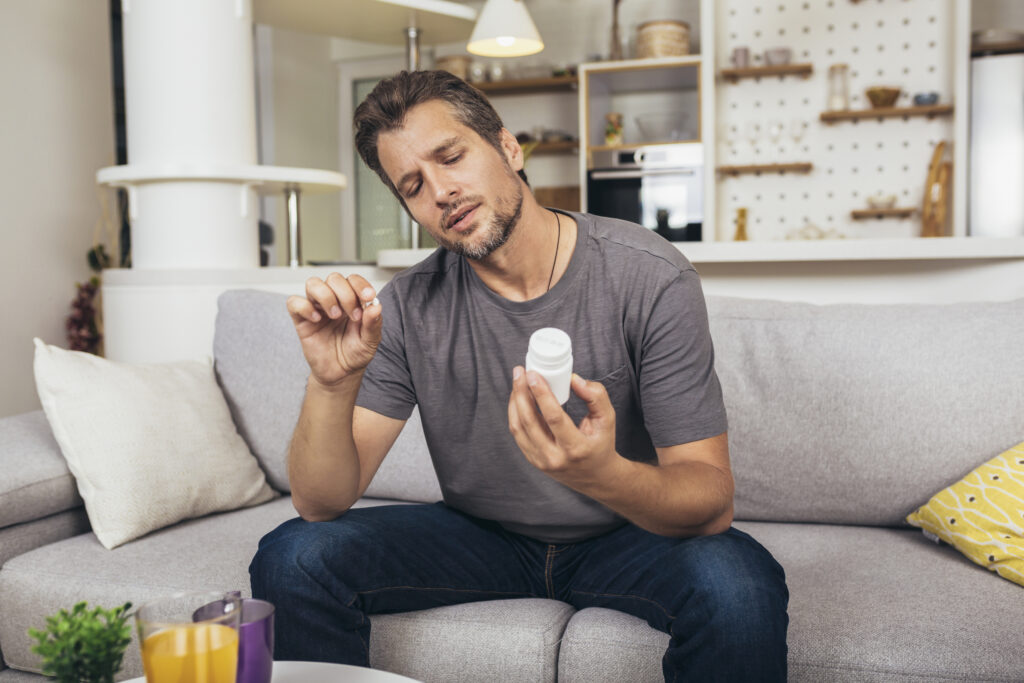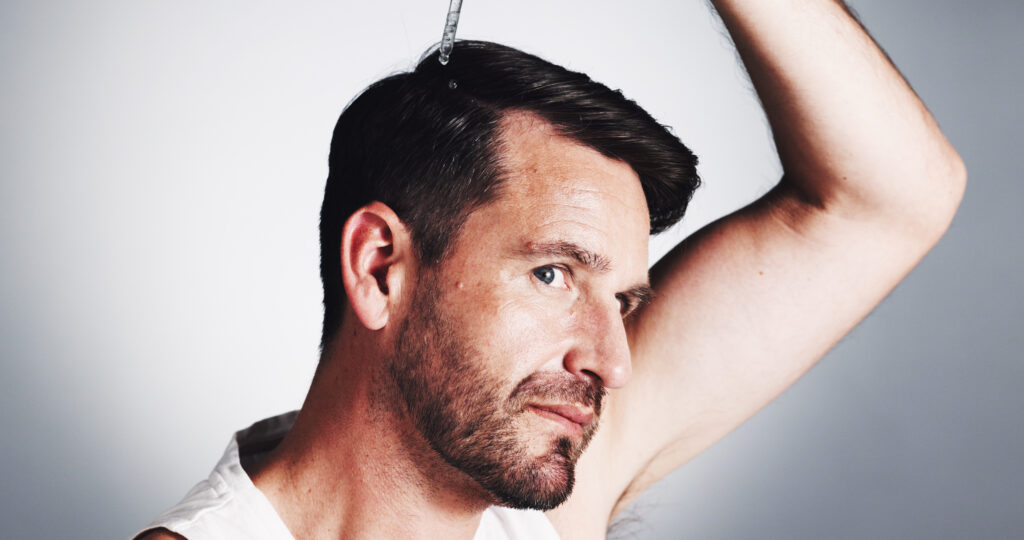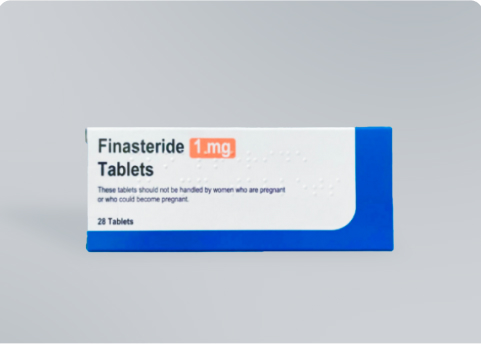Finasteride is one of the most effective hair loss drugs for men [1]. When used in the early stages of male pattern baldness, it can prevent further hair loss and even help stimulate regrowth. But before you start taking this hair loss drug, it’s important to know about the side effects of finasteride.
Finasteride side effects are usually mild, and they don’t affect everyone. But it’s really important to understand the potential side effects and what to do if you start to feel any adverse impacts from this medication. Here, you’ll learn:
- The physical, sexual, and mental side effects of finasteride.
- Why finasteride might cause these side effects in men.
- The prevalence of finasteride side effects.
- What to do if you’re affected by finasteride side effects.
Table of Contents
- What are the side effects of finasteride?
- 1. Temporary hair shedding
- 2. Erectile dysfunction
- 3. Low sex drive
- 4. Ejaculation and fertility problems
- 5. Low mood and depression
- 6. Suicidal thoughts
- 7. Breast tissue abnormalities
- 8. Testicular pain
- 9. Anaphylaxis (severe allergic reaction)
- 10. Post-finasteride syndrome
- 11. Other side effects of finasteride
- What percentage of men get finasteride side effects?
- Can you reduce finasteride side effects?
- Is taking finasteride worth the risk?
- What are the side effects of topical finasteride?
- What should you know before you start finasteride?
- Get finasteride on prescription from DrHair
- FAQs
What are the side effects of finasteride?
There are several known side effects of finasteride, ranging from mild and temporary physical effects to more serious impacts on your mental health. Let’s take a look at the known side effects of finasteride.
1. Temporary hair shedding
Like other hair loss treatments, finasteride users may go through a period of temporary hair shedding shortly after starting treatment. This can be alarming, but try not to worry — it’s a normal reaction to the medication and often means finasteride is working.
What to do about finasteride hair shedding
You don’t need to take any action. The shedding will stop after a few weeks, and you’ll soon start to see new growth. Finasteride shedding can happen whether you use branded or generic finasteride, so there’s no need to switch products.
2. Erectile dysfunction
Studies have shown that finasteride use may be linked with sexual performance problems in men. Erectile dysfunction is the most common sexual side effect of finasteride (though it’s relatively rare overall) [2-4].
Finasteride works by reducing the amount of testosterone that’s converted to dihydrotestosterone (DHT). DHT is the key hormone involved in male pattern baldness. But reducing your DHT levels can also affect sexual performance. Researchers have suggested this may be due to lower nitric oxide synthase activity and/or oxidative stress stemming from reduced DHT [4-5].
Erectile dysfunction is much more common in older men [5].
What to do about finasteride-related erectile dysfunction
Finasteride may not be the only contributing factor to erectile dysfunction. Minimise the risk of erectile problems by:
- Making healthy lifestyle changes — Lowering your alcohol intake, cutting out smoking, and losing weight can all help manage erectile dysfunction [6].
- Taking erectile dysfunction medicines — Drugs like sildenafil, tadalafil, and avanafil are designed to tackle erectile dysfunction, and are generally safe to take alongside finasteride [7]. However, finasteride and erectile dysfunction drugs can cause dizziness, low blood pressure, and headaches, so using them together may slightly increase this risk.
- Managing stress levels — Long-term or high stress levels can have an impact on sexual performance [8]. Practice stress relief techniques like meditation and exercise to help get and maintain an erection. It may also help to see a therapist if the issue persists, or you feel your mental health is affecting your sexual performance.
- Avoiding NSAIDs — Non-steroidal anti-inflammatory drugs like ibuprofen may be linked with erectile dysfunction.
Stopping finasteride will also normally resolve any issues with erectile dysfunction. You can also switch to topical finasteride or a topical finasteride + minoxidil formula to reduce systemic side effects like erectile dysfunction. Learn more about the side effects of topical finasteride.
3. Low sex drive
Finasteride and low libido or decreased sex drive may be linked [2]. Male sex hormones — particularly DHT — increase your sex drive. Studies suggest that a lack of DHT can be responsible for a decrease in libido (which may also lead to erectile dysfunction) [5].
What to do about low sex drive caused by finasteride
While androgen levels are known to impact your sex drive, it’s not the only factor involved. In fact, people with low testosterone levels can often achieve erection [2].
Visual, tactile, and even imaginative stimuli can help boost your libido. If you have a partner, keep communication lines open about how you’re feeling and what might help you get in the mood. If you don’t have a partner, discussing your low libido with a doctor or therapist may help you unearth an underlying problem.
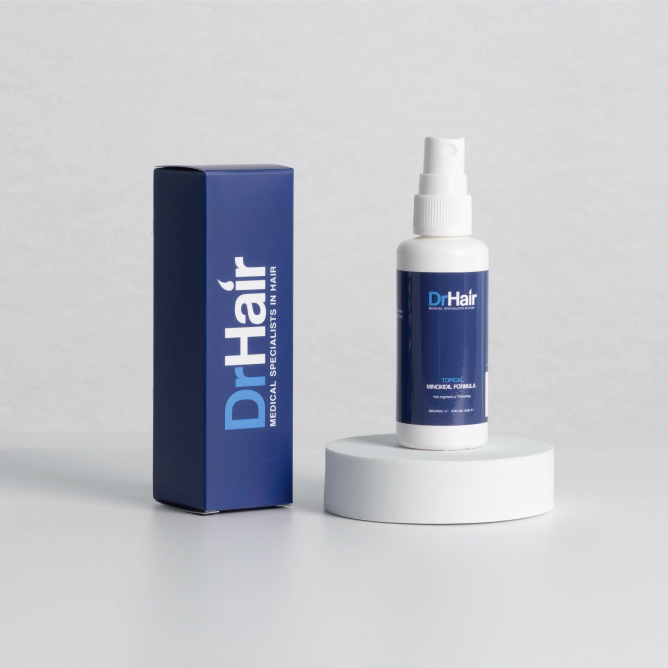
Recommended
Finasteride (1mg) + Minoxidil 5% (60ml)
Inhibit DHT production to halt hair loss and promote hair growth.
4. Ejaculation and fertility problems
Some men find they produce less semen than they did before taking finasteride [9]. Finasteride can affect fertility as it may impact your sperm count, so it’s important to understand these risks if you’re thinking about trying to conceive [10].
What to do about finasteride-related ejaculation and fertility issues
It’s generally recommended that you stop taking finasteride before you start trying for a baby, usually around three months before you want to start. This allows your sperm count and semen volume to return to normal prior to conception.
Finasteride can also cause problems for a developing foetus. So you should avoid having unprotected sex with a woman if she is or may be pregnant while you’re taking finasteride. This also means women shouldn’t normally take finasteride.
5. Low mood and depression
Recent research suggests that finasteride can have an impact on your mood. In April 2024, the UK government released a statement urging finasteride users to monitor their mood for signs of depression [11].
Finasteride works by reducing the activity of the 5-alpha-reductase (5AR) enzyme. This enzyme is responsible for converting testosterone to DHT. But studies suggest finasteride can also alter 5AR activity in the brain, which may cause behavioural and mood changes [12].
What to do about depression or low mood linked with finasteride
If you start to experience symptoms of depression when taking finasteride (including persistent low mood, tearfulness, anxiety, lack of motivation, or loss of the ability to feel pleasure) you should stop taking finasteride and seek advice from your GP.
If symptoms become severe or unmanageable, seek emergency help by calling 999 or going to A&E.
6. Suicidal thoughts
In rare cases, finasteride use has been linked with suicidal thoughts and ideation [11]. This is a serious side effect of finasteride. Therefore it’s important to disclose any history of depression or suicidal thoughts when seeking a prescription for finasteride.
What to do about suicidal thoughts linked with finasteride
Stop taking finasteride immediately and seek the advice and support of your doctor. Seek emergency healthcare by calling 999 or going to A&E if the thoughts become too intense to manage.
7. Breast tissue abnormalities
It’s uncommon, but finasteride has been linked with changes in breast tissue in men [13]. This may present as breast enlargement (gynecomastia) or breast tenderness. It happens as a result of hormone imbalances caused by lower DHT levels.
In rare cases, breast tissue changes can manifest with symptoms that may indicate breast cancer. So if you’re taking finasteride it’s important to regularly check your chest and surrounding tissue for changes on and under the skin.
What to do about breast tissue abnormalities related to finasteride
If you notice any changes to your breast tissue (including lumps, pain, or nipple discharge) book an appointment with your GP. These can be symptoms of breast cancer, so it’s important to get them checked quickly.
Stopping finasteride can tackle symptoms of gynecomastia in most cases. If you want to continue using finasteride, however, you may need to seek additional treatment, such as aromatase inhibitors, androgens, or anti-oestrogen medications.
8. Testicular pain
Some men report feeling genital pain or numbness when taking finasteride [14]. But while testicular pain is listed as a potential adverse effect of finasteride, the prevalence and exact cause isn’t currently known.
What to do about testicular pain linked with finasteride
You may be able to manage testicular pain with over-the-counter painkillers like paracetamol.
9. Anaphylaxis (severe allergic reaction)
Anaphylaxis is a rare but life-threatening allergic reaction. It’s very rare for finasteride users to experience anaphylaxis, but it is possible. So be vigilant when taking this medication the first time.
Symptoms of anaphylaxis include:
- Swelling of the tongue and/or throat
- Difficulty breathing
- Wheezing and coughing
- Cold skin that’s blue, grey, or pale
- Confusion and disorientation
What to do if you have anaphylaxis after taking finasteride
Anaphylaxis can be life-threatening so you should seek urgent medical attention. Use an epipen if you have one. If you don’t, go to A&E or call 999. In future, do not take finasteride or use any products that contain finasteride.
10. Post-finasteride syndrome
In rare cases, the finasteride side effects listed above may linger even after you stop taking the medication. This is known as post-finasteride syndrome.
What to do about post-finasteride syndrome
Medical opinions vary on whether post-finasteride syndrome is a genuine affliction [15]. But either way, if your side effects persist for several weeks after stopping treatment, schedule an appointment with your GP for further investigation.
11. Other side effects of finasteride
Certain other finasteride side effects have been reported, though their prevalence isn’t yet known. These include [16]:
- Build-up of fluid in deeper layers of the skin which manifests as swelling (angioedema)
- Heart palpitations
- Blood in semen
- Changes in liver function
- Anxiety
If you experience any of these side effects and you’re concerned they’re linked to your finasteride use, speak to your GP. Alternatively, book a consultation with our team of doctors for advice.
What percentage of men get finasteride side effects?
While some finasteride users experience mild side effects like temporary hair shedding, serious or long-term side effects are very rare. One of the largest scale studies to date reports finasteride side effects in just 0.7% of men, though others have recorded higher incidence rates [17].
The table below lists the prevalence of each of these side effects, according to various studies:
| Finasteride side effect | Prevalence |
|---|---|
| Temporary hair shedding | Unknown |
| Erectile dysfunction* [2] | 4.9% to 15.8% |
| Loss of libido* [2] | 3.1% to 5.4% |
| Ejaculation and fertility problems* [2] | 2.1% to 7.7% |
| Low mood and depression [18] | 1.5% to 1.8% |
| Suicidal thoughts [19] | 1.5% to 1.8% |
| Breast tissue abnormalities [20] | 0.7% |
| Testicular pain | Unknown |
| Anaphylaxis | Unknown |
| Post-finasteride syndrome | Unknown |
*Incidence of adverse reactions reported for finasteride 5mg, which is 5 times the normal recommended dose for treating male pattern baldness.
Can you reduce finasteride side effects?
Yes, there are some ways to reduce the side effects of finasteride. These include:
- Switching to topical finasteride — Topical finasteride can limit hair loss while reducing the risk of systemic sexual and psychiatric side effects listed above. It may come with its own side effects (typically mild skin irritation).
- Switching to minoxidil — While it’s generally considered less effective than finasteride, men in the early stages of hair loss may benefit from switching to minoxidil. This has fewer potentially serious side effects.
- Reducing your dose — It’s normally recommended that you take 1 mg finasteride per day to effectively reduce hair loss. Taking less than this can reduce side effects, but may also compromise the drug’s effectiveness for your hair.
- Limiting how often you take finasteride — As above, taking finasteride less than once a day may help reduce side effects, but you may see increased hair shedding.
Is taking finasteride worth the risk?
Most men don’t have significant side effects from taking finasteride. Large-scale studies have shown that finasteride is generally a safe and effective hair loss treatment [17].
However, if you’re at particular risk of side effects — for example, if you have pre-existing mental health or sexual performance concerns — you’ll have to weigh up the risks of taking finasteride for hair loss.
Speak to your GP for advice. While they can’t normally prescribe finasteride for hair loss, they can help you better understand the risks and benefits to you individually.
What are the side effects of topical finasteride?
Topical finasteride is an excellent alternative to oral finasteride if you’re worried about systemic side effects. It can lower the DHT levels in your scalp rather than in your bloodstream, minimising the sexual and mental effects of this drug.
Topical finasteride does come with its own side effects, though these tend to be mild and easy to manage:
- Scalp itchiness and skin irritation.
- A burning sensation on the scalp.
- Contact dermatitis.
- Redness and/or a skin rash.
What should you know before you start finasteride?
If you’re considering finasteride, here are 5 key things to note about the potential side effects of this drug:
- Most finasteride users only experience mild side effects, if any.
- If you do experience any adverse effects, these usually clear up by themselves within the first few weeks of treatment. Bear in mind it takes 3-6 months for finasteride to work.
- Any lingering mild effects may be treatable with lifestyle changes or medication. See your GP for advice on which medicines can be safely taken alongside finasteride.
- If you start to have suicidal thoughts or serious depressive symptoms you should stop taking finasteride right away and seek urgent medical help.
- Our doctor-led support team is on-hand to help with any non-urgent medical issues related to your hair loss treatments.
Get finasteride on prescription from DrHair
Finasteride is a highly effective hair loss drug that can give you fantastic results. But it’s important to source it from a reliable, reputable pharmacy that takes your concerns and health seriously.
At DrHair, you can consult with one of our doctors to discuss the risks, benefits and side effects of finasteride before seeking a prescription. When you take our finasteride assessment, we’ll ask you a series of suitability questions to check the medication is right for you. And if you have concerns at any time, you can check in with our team for advice.
Get oral finasteride on prescription from DrHair, or use our topical finasteride + minoxidil formula to reduce the risk of systemic side effects.
FAQs
Learn more about the side effects of finasteride in these frequently asked questions.
Major or potentially serious side effects of finasteride include sexual dysfunction and mood disorders. If you’re experiencing erectile dysfunction, loss of libido, depressive symptoms, or suicidal thoughts, seek advice from your GP as soon as possible.
There are several reasons men might decide not to take finasteride:
- They’re worried about the potential side effects.
- It costs too much on a long-term basis.
- They don’t think their hair loss is extensive enough to use finasteride.
- They think their hair loss is too extensive to use finasteride.
Ultimately you must weigh up the pros and cons of using finasteride and decide if it’s right for you.
If you decide to discontinue finasteride you’re likely to stop experiencing any side effects, but your hair shedding will also resume.
Finasteride only works for as long as you take it, so you will need to continue using it to maintain your hair. But if the side effects become unmanageable, it’s best to stop taking finasteride and seek out another hair loss treatment.



